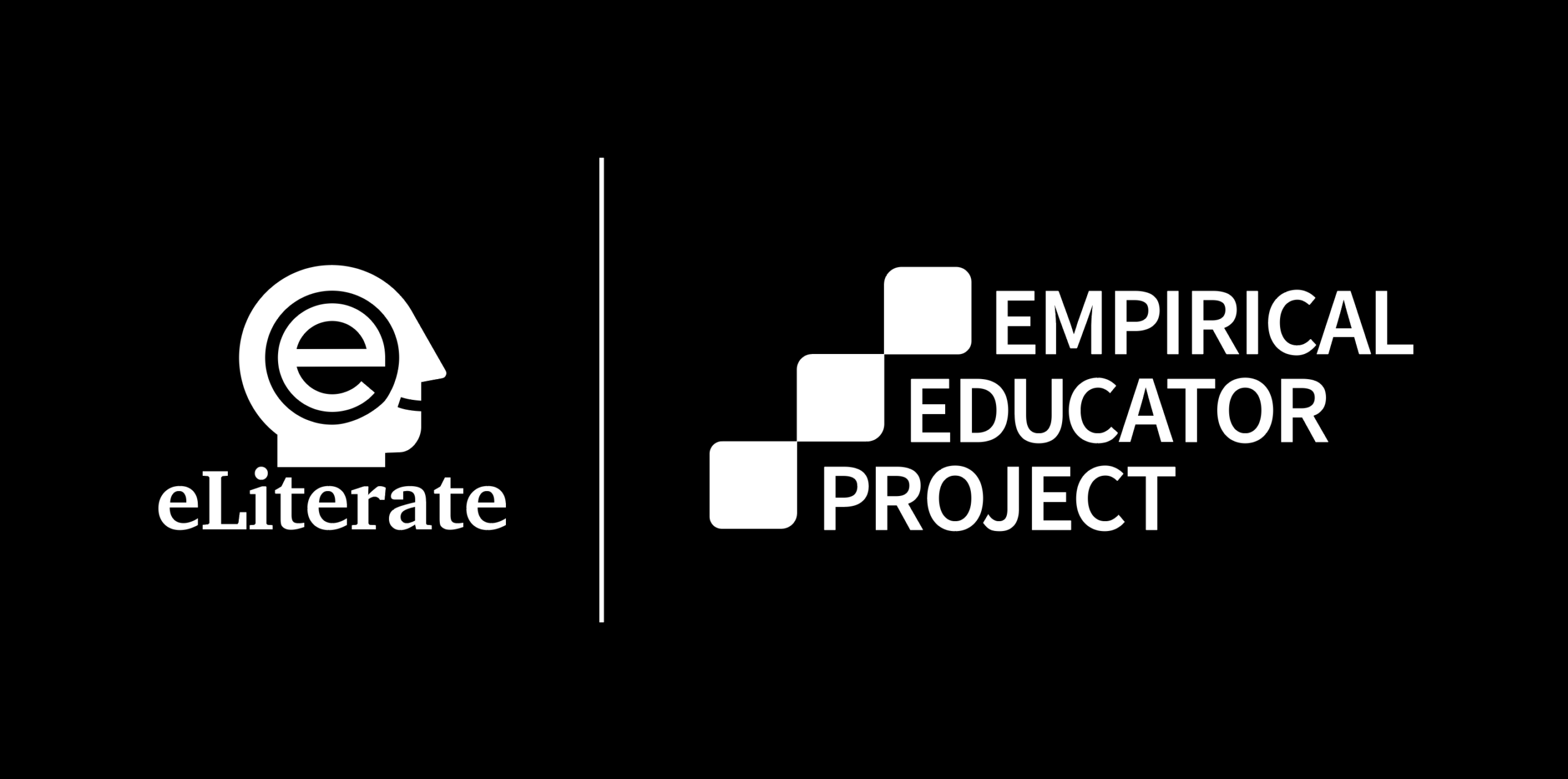For Generation Z, the old story of social mobility—study hard, go to college, work your way up—has lost its certainty. The class divide that once seemed bridgeable through education now feels entrenched, as debt, precarious work, and economic volatility blur the promise of progress.
The new economy—dominated by artificial intelligence, speculative assets like cryptocurrency, and inflated housing markets—has not delivered stability for most. Instead, it’s widened gaps between those who own and those who owe. Many young Americans feel locked out of wealth-building entirely. Some have turned to riskier bets—digital assets, gig work, or start-ups powered by AI tools—to chase opportunities that traditional institutions no longer provide. Others have succumbed to despair. Suicide rates among young adults have climbed sharply in recent years, correlating with financial stress, debt, and social isolation.
And echoing through this uncertain landscape is a song that first rose from the coalfields of Kentucky during the Great Depression—Florence Reece’s 1931 protest hymn, “Which Side Are You On?”
Come all you good workers,
Good news to you I’ll tell,
Of how the good old union
Has come in here to dwell.Which side are you on?
Which side are you on?
Nearly a century later, those verses feel newly urgent—because Gen Z is again being forced to pick a side: between solidarity and survival, between reforming a broken system or resigning themselves to it.
The Class Divide and the Broken Ladder
Despite record levels of education, Gen Z faces limited social mobility. College remains a class marker, not an equalizer. Students from affluent families attend better-funded universities, graduate on time, and often receive help with housing or job placement. Working-class and first-generation students, meanwhile, navigate under-resourced campuses, heavier debt, and weaker professional networks.
The Pew Research Center found that first-generation college graduates have nearly $100,000 less in median wealth than peers whose parents also hold degrees. For many, the degree no longer guarantees a secure foothold in the middle class—it simply delays financial independence.
They say in Harlan County,
There are no neutrals there,
You’ll either be a union man,
Or a thug for J. H. Blair.
The metaphor still fits: there are no neutrals in the modern class struggle over debt, housing, and automation.
Debt, Doubt, and the New Normal
Gen Z borrowers owe an average of around $23,000 in student loans, a figure growing faster than any other generation’s debt load. Over half regret taking on those loans. Many delay buying homes, having children, or even seeking medical care. Those who drop out without degrees are burdened with debt and little to show for it.
The debt-based model has become a defining feature of American life—especially for the working class. The price of entry to a better future is borrowing against one’s own.
Don’t scab for the bosses,
Don’t listen to their lies,
Us poor folks haven’t got a chance
Unless we organize.
If Reece’s song once called miners to unionize against coal barons, its spirit now calls borrowers, renters, adjuncts, and gig workers to collective resistance against financial systems that profit from their precarity.
AI and the Erosion of Work
Artificial intelligence promises efficiency, but it also threatens to hollow out the entry-level job market Gen Z depends on. Automation in journalism, design, law, and customer service cuts off rungs of the career ladder just as young workers reach for them.
While elite graduates may move into roles that supervise or profit from AI, working-class Gen Zers are more likely to face displacement. AI amplifies the class divide: it rewards those who already have capital, coding skills, or connections—and sidelines those who don’t.
Crypto Dreams and Financial Desperation
Locked out of traditional wealth paths, many young people turned to cryptocurrency during the pandemic. Platforms like Robinhood and Coinbase promised quick gains and independence from the “rigged” economy. But when crypto markets crashed in 2022, billions in speculative wealth evaporated. Some who had borrowed or used student loan refunds to invest lost everything.
Online forums chronicled not only the financial losses but also the psychological fallout—stories of panic, shame, and in some tragic cases, suicide. The new “digital gold rush” became another mechanism for transferring wealth upward.
The Real Estate Wall
While digital markets rise and fall, real estate remains the ultimate symbol of exclusion. Home prices have climbed over 40 percent since 2020, while mortgage rates hover near 8 percent. For most of Gen Z, ownership is out of reach.
Older generations built equity through housing; Gen Z rents indefinitely, enriching landlords and institutional investors. Without intergenerational help, the “starter home” has become a myth. In America’s new class order, those who inherit property inherit mobility.
Despair and the Silent Crisis
Behind the data lies a mental health emergency. The CDC reports that suicide among Americans aged 10–24 has risen nearly 60 percent in the past decade. Economic precarity, debt, housing insecurity, and climate anxiety all contribute.
Therapists describe “financial trauma” as a defining condition for Gen Z—chronic anxiety rooted in systemic instability. Universities respond with mindfulness workshops, but few confront the deeper issue: a society that privatized risk and monetized hope.
They say in Harlan County,
There are no neutrals there—
Which side are you on, my people,
Which side are you on?
The question lingers like a challenge to policymakers, educators, and investors alike.
A Two-Tier Future
Today’s economy is splitting into two distinct realities:
-
The secure class, buffered by family wealth, education, AI-driven income, and real estate assets.
-
The precarious class, burdened by loans, high rents, unstable work, and psychological strain.
The supposed democratization of opportunity through technology and education has in practice entrenched a new feudalism—one coded in algorithms and contracts instead of coal and steel.
Repairing the System, Not the Student
For Generation Z, the American Dream has become a high-interest loan. Education, technology, and financial innovation—once tools of liberation—now function as instruments of control.
Reforming higher education is necessary, but not sufficient. The deeper work lies in redistributing power: capping predatory interest rates, investing in affordable housing, curbing speculative bubbles, ensuring that AI’s gains benefit labor as well as capital, and confronting the mental health crisis that shadows all of it.
Florence Reece’s song endures because its question has never been answered—only updated. As Gen Z stands at the intersection of debt and digital capitalism, that question rings louder than ever:
Which side are you on?
Sources
-
Florence Reece, “Which Side Are You On?” (1931).
-
Pew Research Center, “First-Generation College Graduates Lag Behind Their Peers on Key Economic Outcomes,” 2021.
-
Dēmos, The Debt Divide: How Student Debt Impacts Opportunities for Black and White Borrowers, 2016.
-
EducationData.org, “Student Loan Debt by Generation,” 2024.
-
Federal Reserve Bank of St. Louis, Gen Z Student Debt and Wealth Data Brief, 2022.
-
CNBC, “Gen Z vs. Their Parents: How the Generations Stack Up Financially,” 2024.
-
WUSF, “Generation Z’s Net Worth Is Being Undercut by College Debt,” 2024.
-
Newsweek, “Student Loan Update: Gen Z Hit with Highest Payments,” 2024.
-
The Kaplan Group, “How Student Debt Is Locking Millennials and Gen Z Out of Homeownership,” 2024.
-
CDC, Suicide Mortality in the United States, 2001–2022, National Center for Health Statistics, 2023.
-
Brookings Institution, “The Impact of AI on Labor Markets: Inequality and Automation,” 2024.
-
CNBC, “Crypto Crash Wipes Out Billions in Investor Wealth, Gen Z Most Exposed,” 2023.
-
Zillow, “U.S. Housing Affordability Reaches Lowest Point Since 1989,” 2024.







